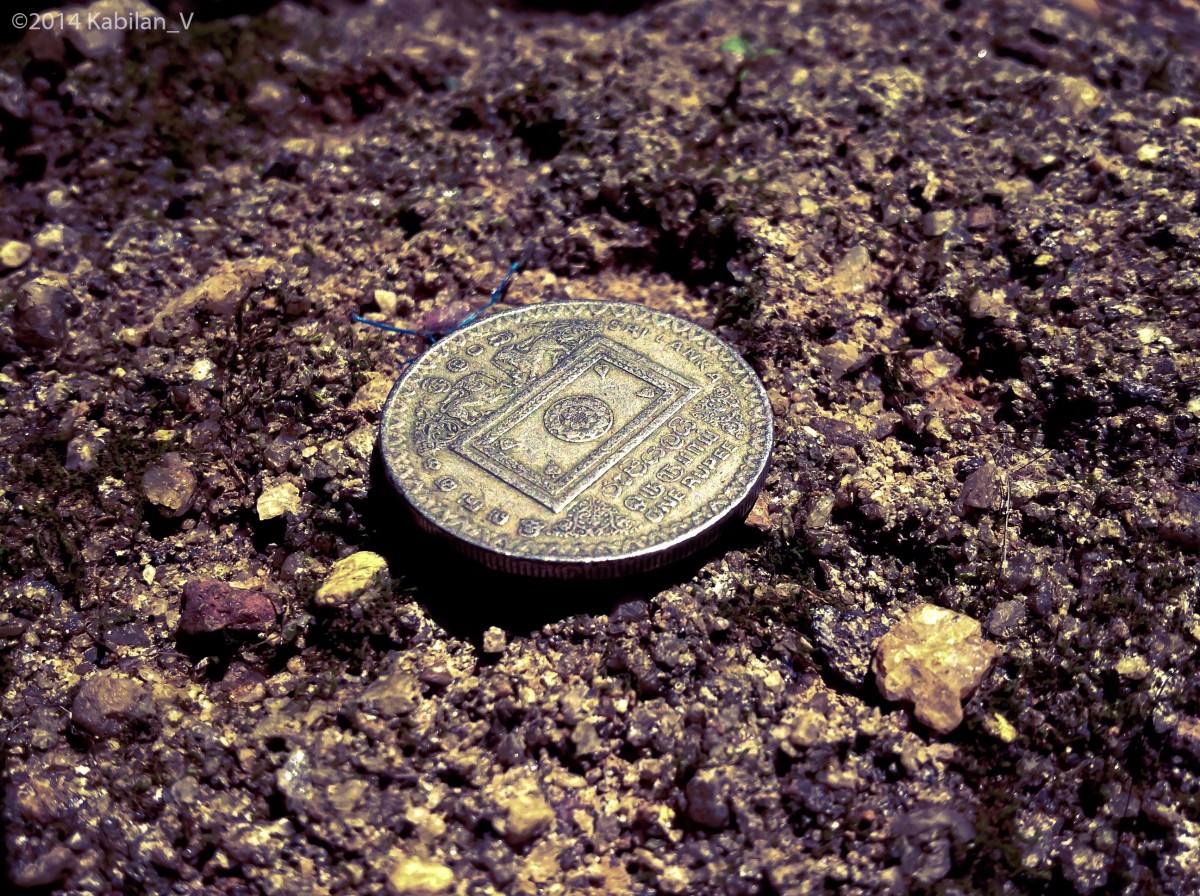In the dynamic world of cryptocurrency, the relationship between different digital assets and traditional fiat currencies has become a focal point of interest for investors, traders, and financial enthusiasts alike. One such intriguing pairing is the interaction between Coin Buffer Finance (BFR) and the Costa Rican Colón (CRC). This article delves deep into the intricacies of this financial landscape, exploring the factors that drive the BFR-CRC exchange rate and its implications for those involved in the cryptocurrency and foreign exchange markets.
- The 6 best electric- and gas-powered vehicles of 2024, according to Edmunds independent testing | News
- Edmunds Top Rated Awards 2024: Honoring the Best Vehicles
- All Persona 3 Reload Social Link Answers and Unlock Requirements
- The Rise of Deepfake Idols: Blurring the Line between Reality and Illusion
- A New Devil May Cry Anime is Coming to Netflix
Understanding the Basics of Coin Buffer Finance (BFR)

The Rise of Coin Buffer Finance
Coin Buffer Finance, commonly referred to as BFR, has emerged as a prominent player in the cryptocurrency market, capturing the attention of investors and enthusiasts alike. Launched with the aim of providing a stable and reliable digital asset, BFR has garnered a significant following, particularly among those seeking to diversify their investment portfolios.
You are watching: The Comprehensive Guide to Coin Buffer Finance and Its Relationship with the Costa Rican Colón (BFR-CRC)
The Role of Blockchain Technology
At the core of Coin Buffer Finance lies the power of blockchain technology, which enables secure and transparent transactions, ensuring the integrity of the BFR ecosystem. This decentralized approach to finance has been a driving force behind the growing interest in BFR and other cryptocurrencies.
Unique Features of Coin Buffer Finance
Coin Buffer Finance distinguishes itself from other digital assets through its innovative features and mechanisms. From its advanced consensus protocols to its robust security measures, BFR has been designed to provide a reliable and user-friendly experience for its growing community of users.
Exploring the Costa Rican Colón (CRC)

The Costa Rican Monetary System
The Costa Rican Colón (CRC) is the official currency of the Republic of Costa Rica, a Central American nation known for its vibrant economy and progressive policies. The CRC has a long and storied history, reflecting the country’s economic and political developments over the years.
The Role of the Central Bank of Costa Rica
The Central Bank of Costa Rica (Banco Central de Costa Rica) plays a crucial role in the management and stability of the Costa Rican monetary system. Its policies and interventions directly impact the value and exchange rate of the CRC in relation to other currencies, including Coin Buffer Finance (BFR).
The CRC in the Global Financial Landscape
As a regional currency, the Costa Rican Colón has a relatively limited presence on the global financial stage. However, its interplay with international markets, including the burgeoning cryptocurrency sector, has become an area of growing interest and analysis.
The BFR-CRC Exchange Rate: Factors and Influences

Supply and Demand Dynamics
See more : The Captivating Journey of Ansem’s Cat: Exploring the World of Crypto Felines
The exchange rate between Coin Buffer Finance (BFR) and the Costa Rican Colón (CRC) is primarily driven by the fundamental principles of supply and demand. Fluctuations in the relative value of these two assets can be attributed to a complex interplay of market forces, investor sentiment, and economic conditions.
Macroeconomic Indicators
Broader economic factors, such as inflation rates, GDP growth, and monetary policies, can have a significant impact on the BFR-CRC exchange rate. Understanding the macroeconomic landscape of both Costa Rica and the global cryptocurrency market is crucial in analyzing and predicting exchange rate movements.
Regulatory Landscape
The regulatory environment surrounding cryptocurrencies and digital assets can also influence the BFR-CRC exchange rate. Changes in laws, guidelines, and enforcement actions by governing bodies can impact the perceived value and adoption of Coin Buffer Finance, ultimately affecting its exchange rate against the Costa Rican Colón.
Technological Advancements
Innovations and improvements in blockchain technology, the infrastructure supporting Coin Buffer Finance, and the overall cryptocurrency ecosystem can contribute to changes in the BFR-CRC exchange rate. As the technology behind BFR evolves, it can impact the asset’s perceived value and market position.
Market Sentiment and Investor Behavior
The psychological and emotional factors that drive investor sentiment can have a profound impact on the BFR-CRC exchange rate. Factors such as market trends, investor confidence, and herd behavior can all contribute to the volatility and fluctuations observed in the BFR-CRC exchange rate.
The BFR-CRC Conversion Rate: Real-Time Data and Analysis
Current BFR to CRC Conversion Rate
According to the latest data from CoinMarketCap, the current BFR to CRC conversion rate is ₡13.23. This represents a decrease of NaN% in the last hour and a decrease of 0.26% in the last 24 hours.
| Metric | Value |
|---|---|
| BFR to CRC Conversion Rate | ₡13.23 |
| Change in Last Hour | NaN% |
| Change in Last 24 Hours | -0.26% |
Historical BFR to CRC Price Movements
The BFR to CRC exchange rate has experienced various fluctuations over time, with the highest price recorded at ₡399.32 CRC on 12/3/2021. In the past month, the value of Buffer Finance (BFR) has decreased by -12.1% against the Costa Rican Colón (CRC).
- The all-time high price of BFR/CRC was ₡399.32 on 12/3/2021.
- In the last 30 days, the value of BFR has decreased by -12.1% against CRC.
BFR to CRC Conversion Calculator
To help users understand the real-time exchange rate and perform conversions, the following calculator is provided:
This calculator updates automatically, ensuring users have access to the most accurate and up-to-date BFR to CRC conversion rates.
The Implications of the BFR-CRC Exchange Rate
Impact on Investors and Traders
The fluctuations in the BFR-CRC exchange rate have significant implications for investors and traders operating in both the cryptocurrency and foreign exchange markets. Understanding these dynamics can help them make informed decisions and manage their portfolios effectively.
Opportunities for Arbitrage
The volatility observed in the BFR-CRC exchange rate can also create opportunities for arbitrage, where traders can capitalize on price discrepancies across different markets or platforms. This can be a lucrative strategy for those with a deep understanding of the market dynamics.
Influence on Cross-Border Transactions
The BFR-CRC exchange rate is particularly relevant for individuals and businesses engaged in cross-border transactions between Costa Rica and the global cryptocurrency ecosystem. The ability to effectively manage currency conversions and mitigate exchange rate risks can be crucial for the success of these ventures.
Potential Impact on Costa Rican Economy
While the influence of the BFR-CRC exchange rate on the overall Costa Rican economy may be relatively limited, its potential impact on specific sectors, such as tourism, imports, and exports, should not be overlooked. Policymakers and economic stakeholders may need to closely monitor these developments.
Conclusion
The relationship between Coin Buffer Finance (BFR) and the Costa Rican Colón (CRC) is a complex and multifaceted one, reflecting the broader trends and dynamics of the cryptocurrency and foreign exchange markets. By delving into the factors that drive the BFR-CRC exchange rate, this comprehensive guide has provided valuable insights for investors, traders, and financial enthusiasts alike.
As the cryptocurrency landscape continues to evolve, the interplay between BFR and CRC will likely become an increasingly crucial area of focus. By staying informed and adapting to the changing market conditions, individuals and businesses can navigate this financial landscape more effectively, seizing the opportunities and mitigating the risks that arise.
Source: https://us.congthucvatly.com
Category: News
